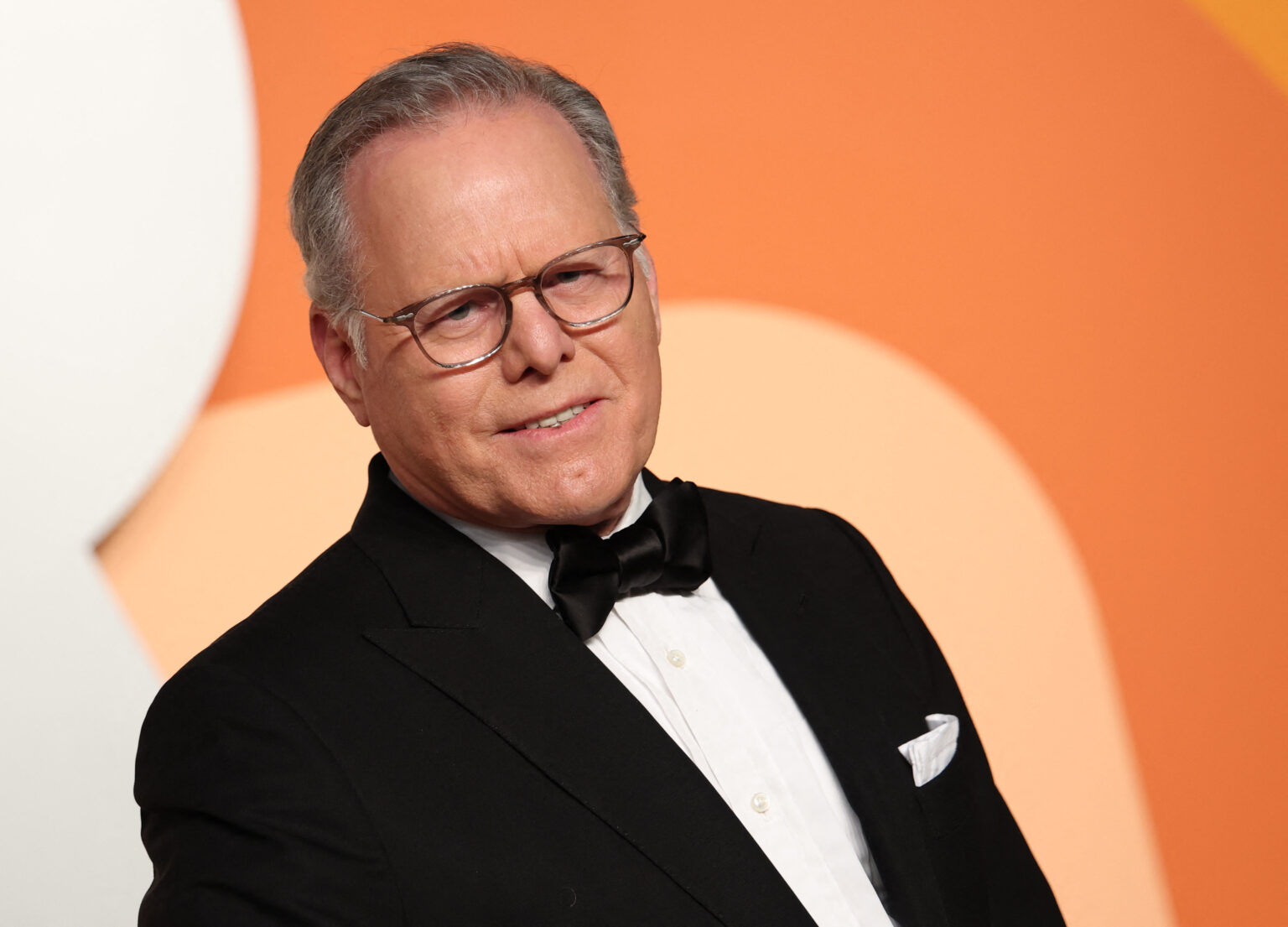Warner Bros. Discovery Announces Strategic Division into Two Separate Entities
In a significant restructuring move, Warner Bros. Discovery has revealed plans to bifurcate into two independent companies by the upcoming year. This strategic split will see its streaming and film production divisions operate separately from its live television and news outlets.
Background and Context of the Merger
The announcement follows a merger that took place three years ago, uniting Warner Bros. and Discovery in an effort to strengthen their foothold in the fiercely competitive streaming industry. The combined entity aimed to attract a substantial subscriber base, targeting 130 million paying users on its flagship Max platform. As of the latest quarterly figures, the company has made notable progress, surpassing 122 million subscribers, signaling a promising trajectory toward its goal.
Dividing the Business: Focused Strategies for Different Markets
The upcoming split will see the company’s core entertainment assets-such as Warner Bros. Television, Warner Bros. Motion Picture Group, DC Studios, HBO, and HBO Max-operating under a newly formed entity. This division will be led by David Zaslav, who currently serves as Warner Bros. Discovery’s President and CEO. The reorganization aims to streamline operations and sharpen strategic focus on content creation and distribution within the entertainment sector.
Separate Management for Live and News Content
Conversely, the company’s live broadcasting and news properties-including CNN, TNT Sports, and Discovery-will be managed by a different organization. Gunnar Wiedenfels, the current Chief Financial Officer of Warner Bros. Discovery, will oversee this division, emphasizing a dedicated approach to live television and news programming.
Strategic Rationale and Future Outlook
According to Zaslav, this bifurcation will enable each entity to operate with greater agility and targeted strategic initiatives, ultimately enhancing their ability to compete effectively in a rapidly changing media environment. The move is designed to unlock value, optimize operational efficiencies, and better serve distinct audience segments.
Stay Tuned for Updates
This story is developing, and further details are expected to emerge as the transition progresses. Stakeholders and viewers alike will be watching closely to see how this restructuring impacts the media landscape in the coming months.

